
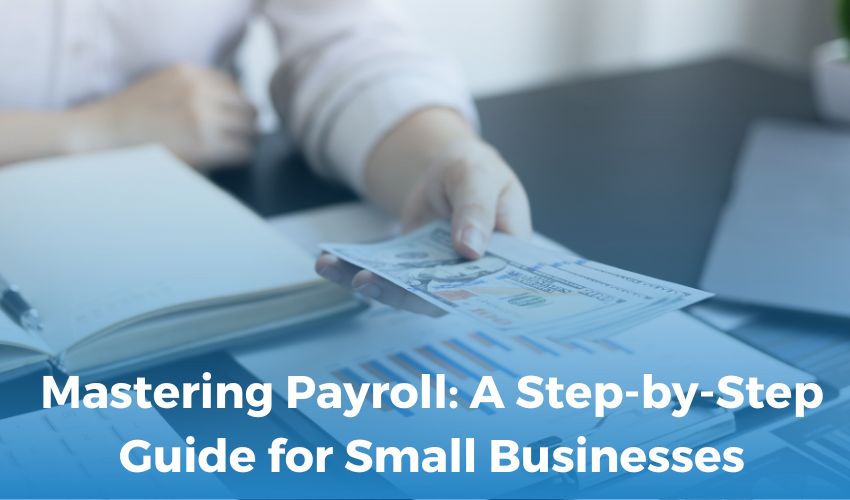
17-08-23
Managing payroll is a critical aspect of running a successful small business. It ensures that your employees are compensated accurately and on time while also fulfilling your legal and tax obligations. However, the intricacies of payroll management can be overwhelming, especially for small business owners wearing multiple hats. In this comprehensive guide, brought to you by 360 Accounting Pro Inc., we will walk you through a step-by-step process to help you master payroll and streamline your business operations.
Step 1: Employee Classification and Documentation
Before diving into payroll processing, it's crucial to classify your employees properly. Determine whether they are full-time, part-time, or independent contractors, as this affects tax withholding and benefits. Proper documentation, such as signed employment contracts and W-4 forms, ensures accurate and compliant payroll calculations.
Step 2: Choose a Payroll Schedule
Selecting a payroll schedule that suits your business needs is essential. Common options include weekly, bi-weekly, semi-monthly, and monthly. Consistency is key, as it helps your employees manage their finances and ensures you stay organized.
Step 3: Calculate Gross Pay
Calculating gross pay involves summing up an employee's regular wages along with any overtime, bonuses, or commissions. Accurate tracking of work hours and earnings is crucial for maintaining transparency and building trust with your employees.
Step 4: Deductions and Taxes
Deductions play a vital role in online payroll services. These can include federal and state taxes, Social Security, Medicare, and other benefits. It's imperative to stay up-to-date with tax regulations to ensure accurate withholding and reporting.
Step 5: Incorporating Benefits
Many small businesses offer benefits like health insurance, retirement plans, and paid time off. Incorporating these benefits into your payroll system requires careful tracking and calculations to ensure accurate disbursements.
Step 6: Process Payroll
With all the necessary information in hand, it's time to process payroll. Utilize payroll software or services like those offered by 360 Accounting Pro Inc. to automate calculations and generate pay stubs. Automation not only saves time but also reduces the risk of human errors.
Step 7: Distribute Payments
Once payroll is processed, ensure timely distribution of payments to your employees. Direct deposit is a secure and convenient option, although physical checks can still be issued if preferred.
Step 8: Record Keeping
Maintaining accurate outsourc payroll services records is essential for compliance and future reference. Keep records of each pay period, including pay stubs, tax forms, and any relevant documentation.
Step 9: Stay Compliant
Payroll compliance involves staying updated with federal, state, and local labor laws. This includes minimum wage requirements, overtime regulations, and tax filing deadlines. Non-compliance can lead to penalties and legal issues, so diligent monitoring is key.
Step 10: Seek Professional Help
As your business grows, payroll complexities can intensify. Seeking assistance from professionals like 360 Accounting Pro Inc. can provide expert guidance on payroll management, tax strategies, and compliance, allowing you to focus on growing your business.
By following this step-by-step guide from 360 Accounting Pro Inc., you can streamline your payroll processes, reduce errors, and focus on what truly matters—building a successful and thriving business. Remember,outsource payroll services is an ongoing process that requires attention to detail and continuous adaptation to changing regulations. With the right tools and knowledge, you can navigate the complexities of payroll with confidence and efficiency.
Tags :


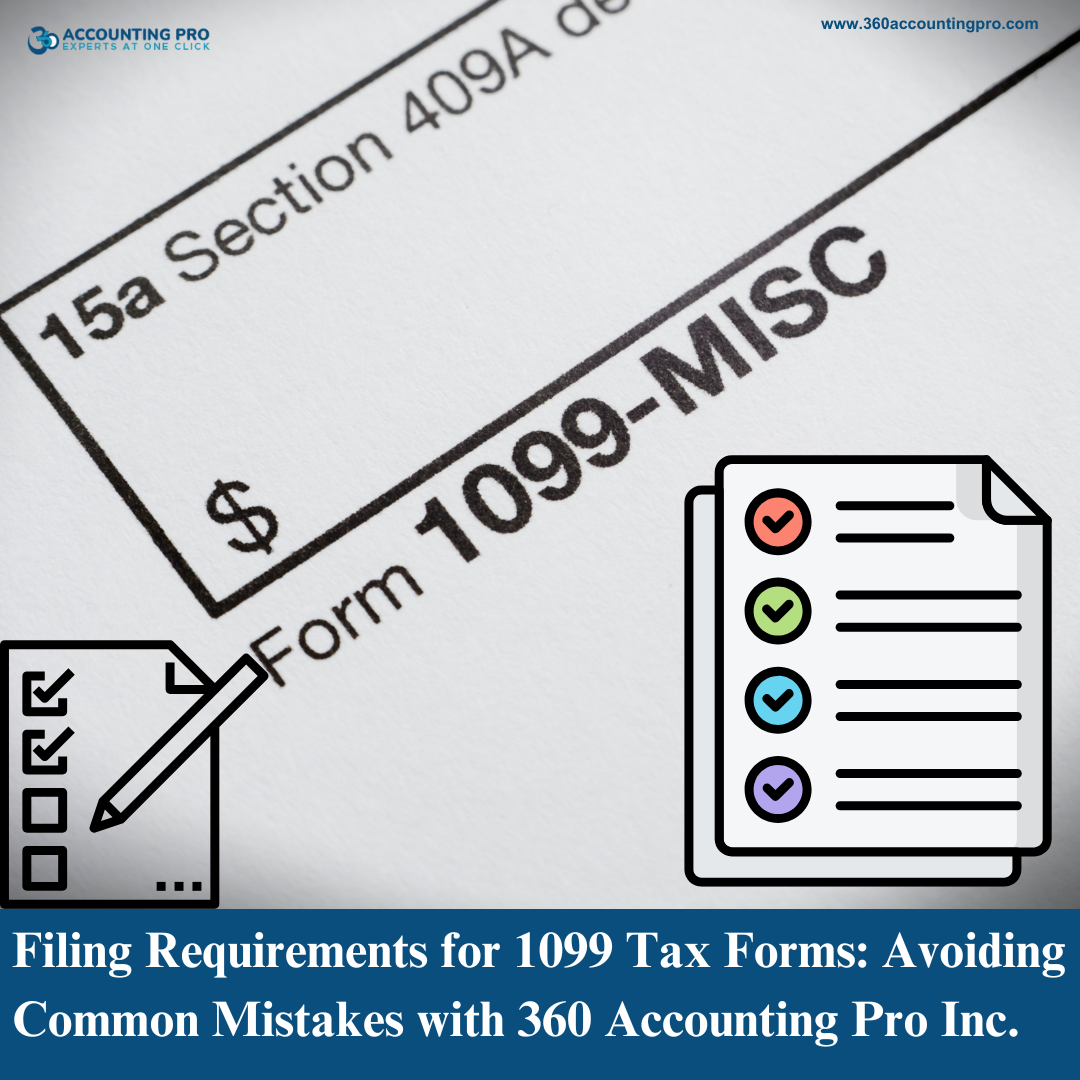



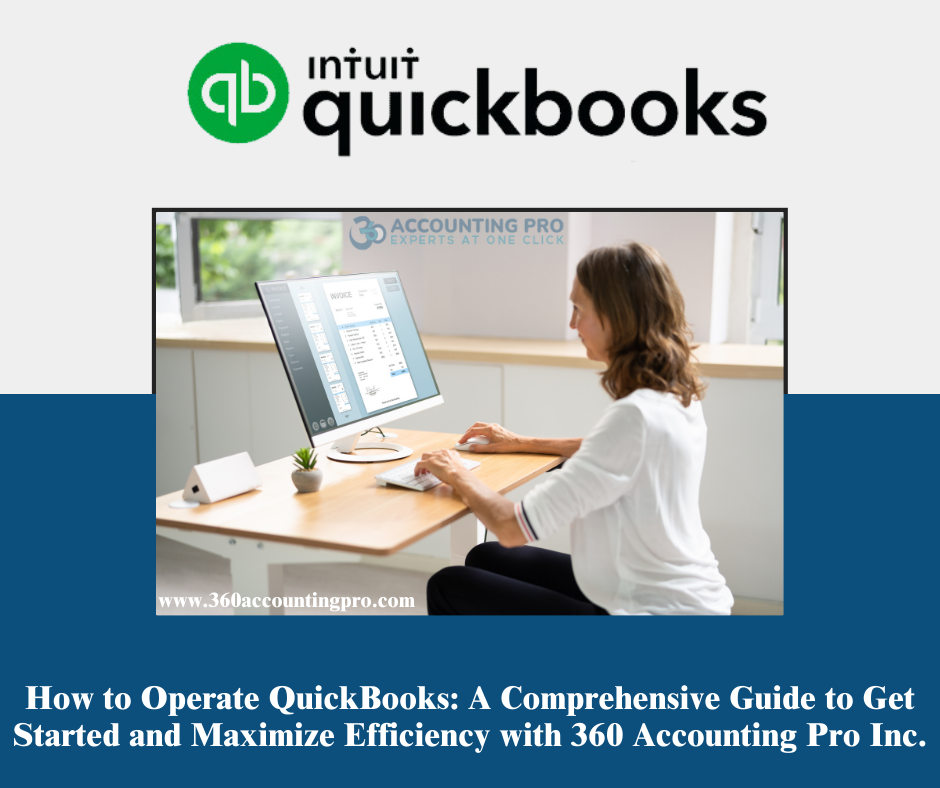

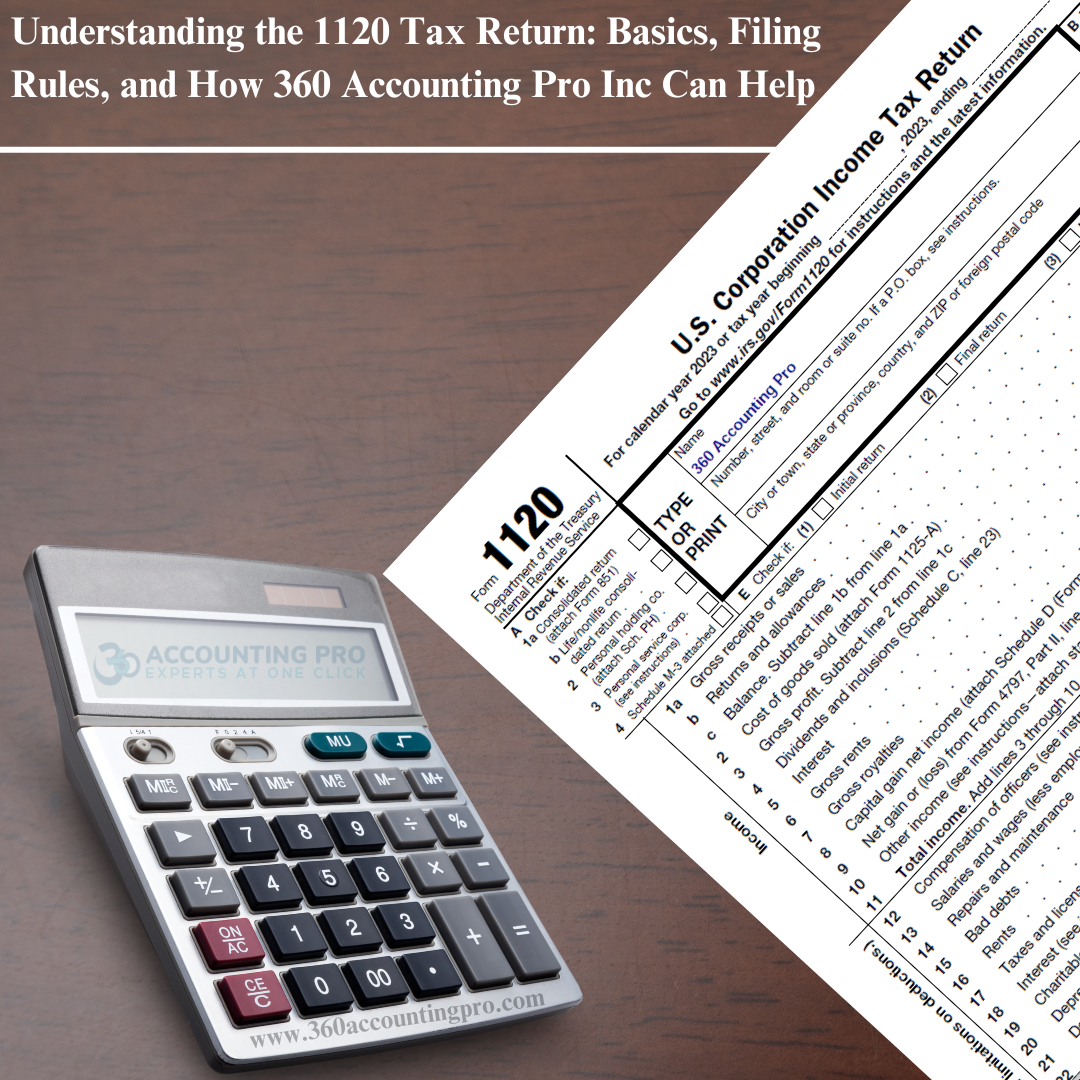
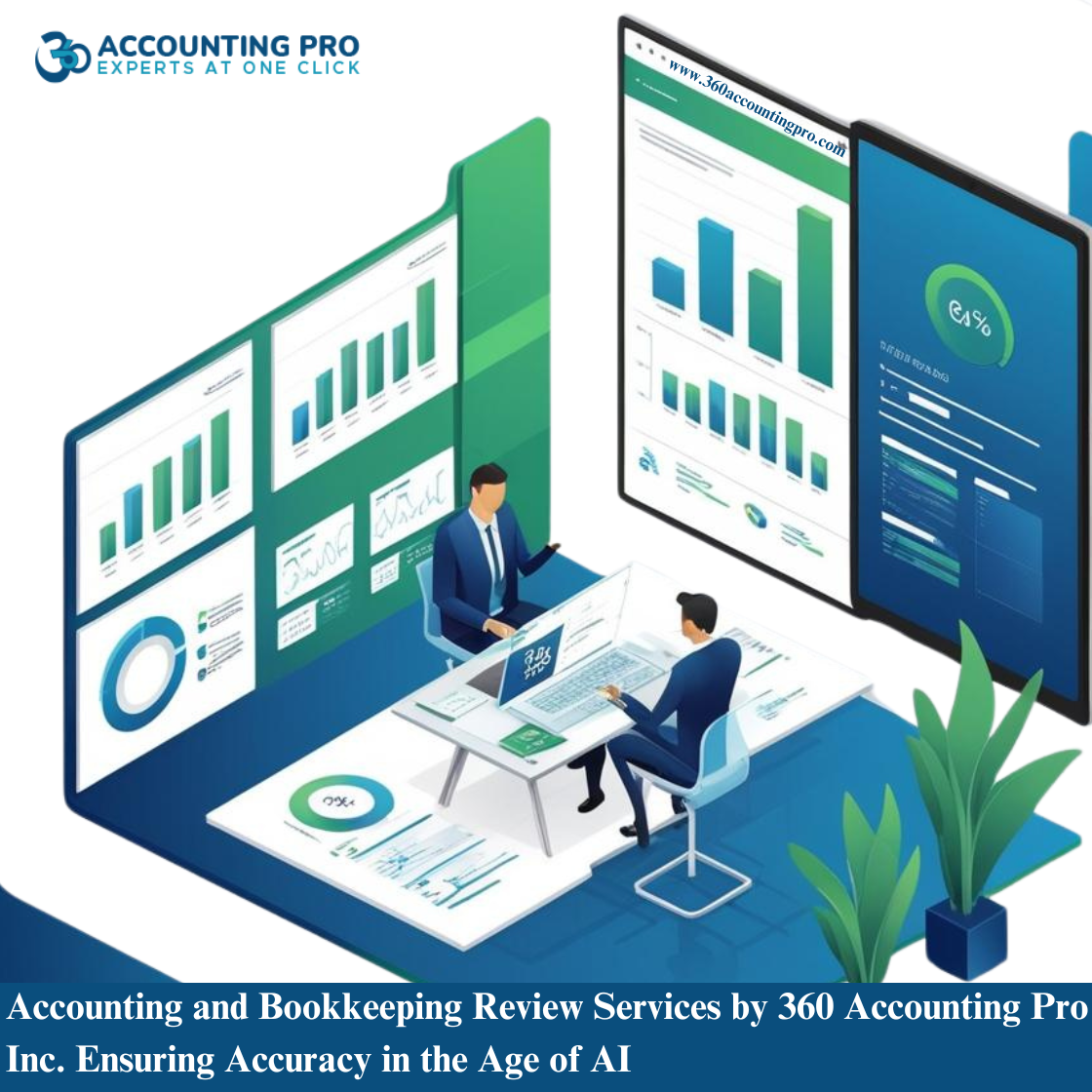
















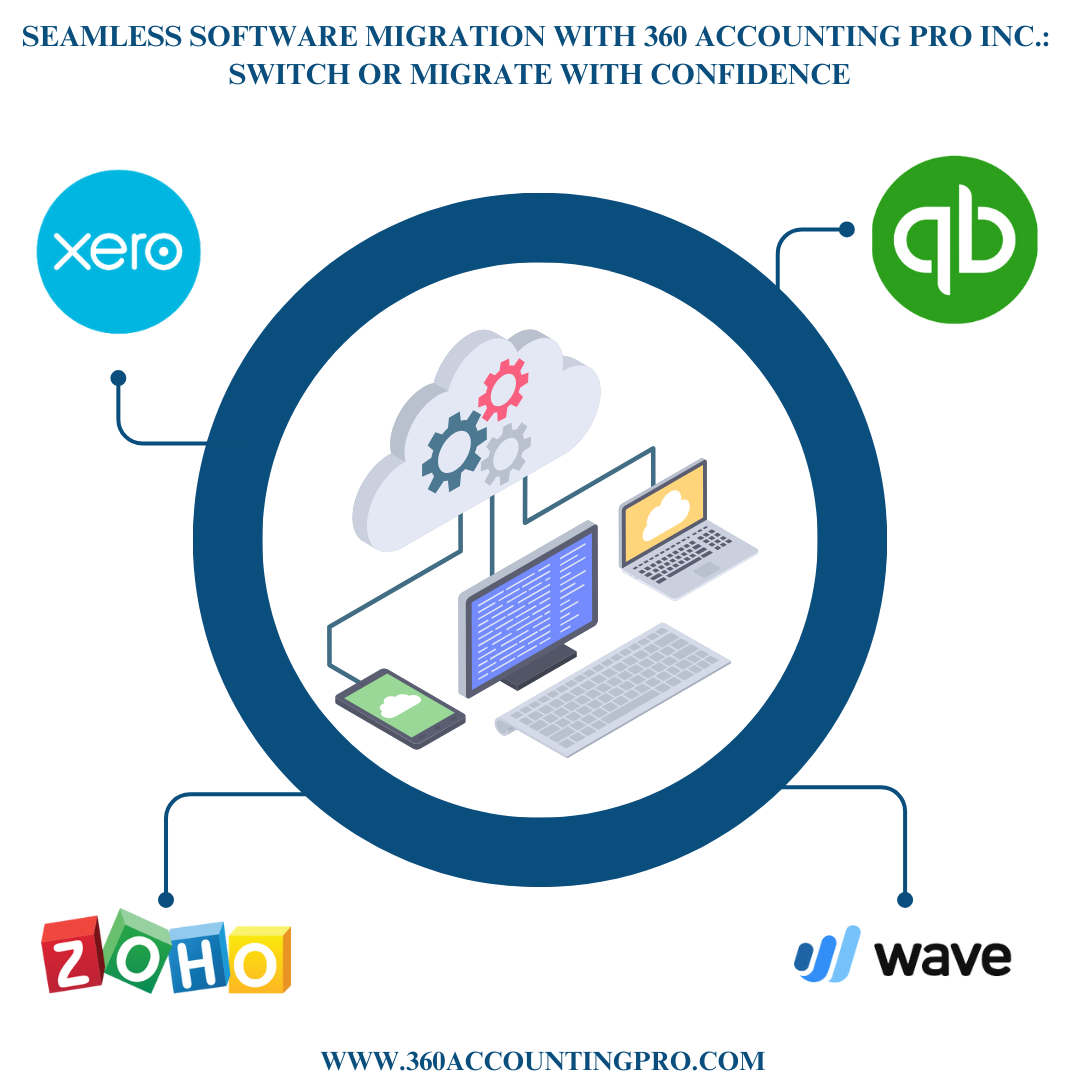







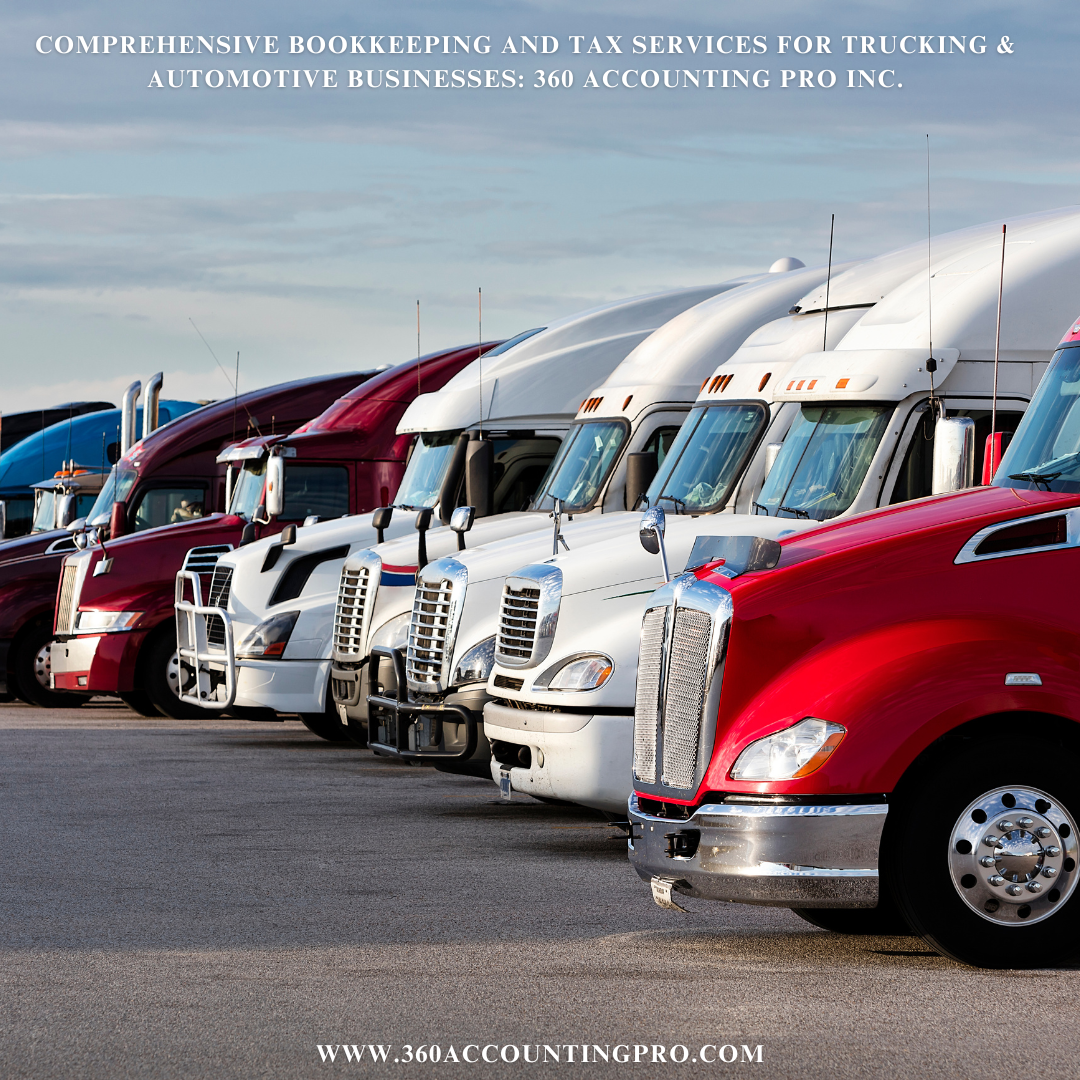










.jpg)
.jpg)
.jpg)
.jpg)


).jpg)











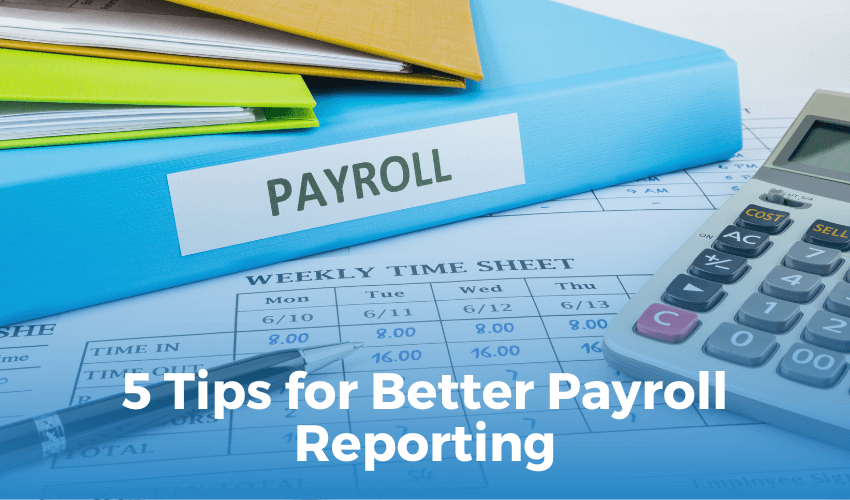


 Get A Quote
Get A Quote
Leave A Comment